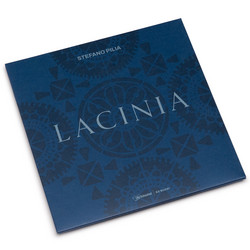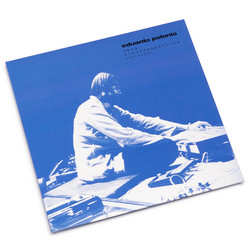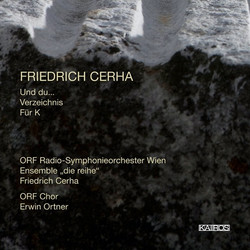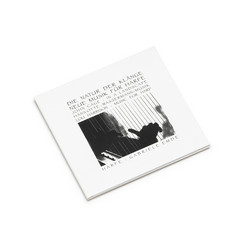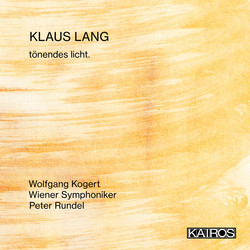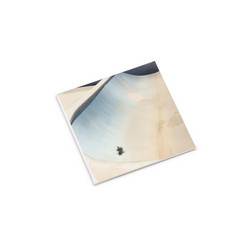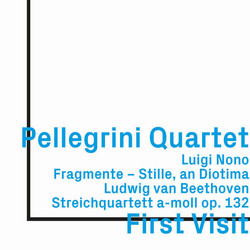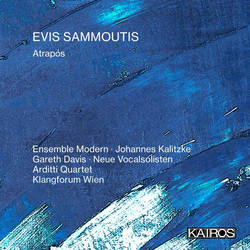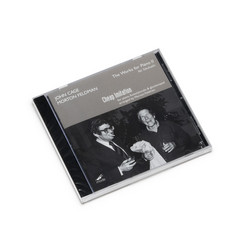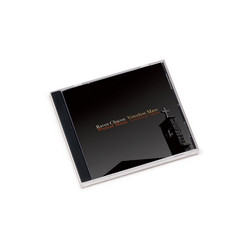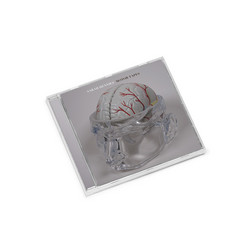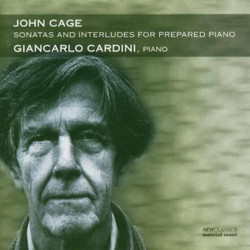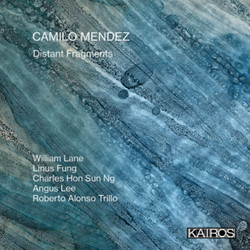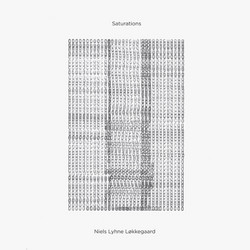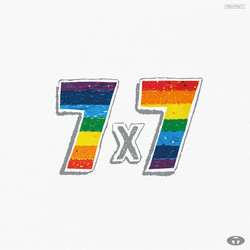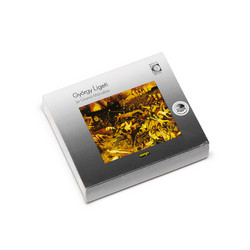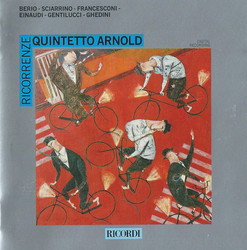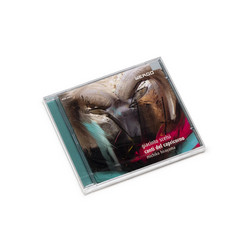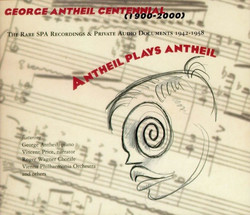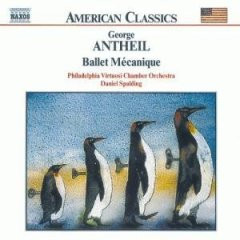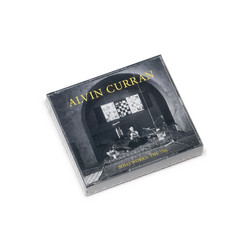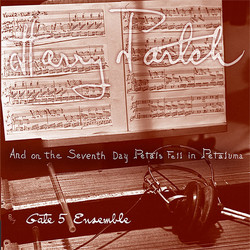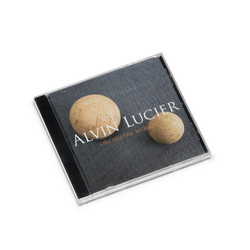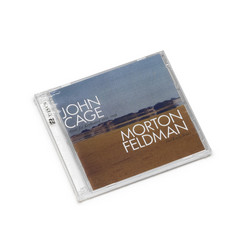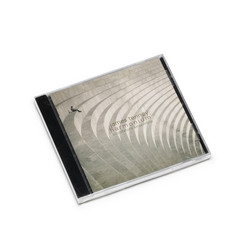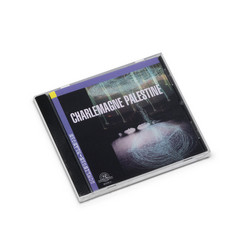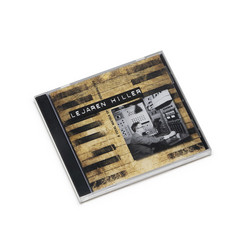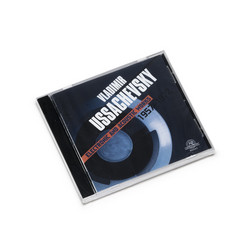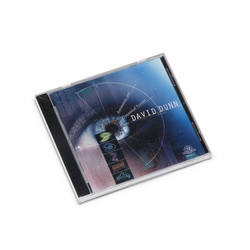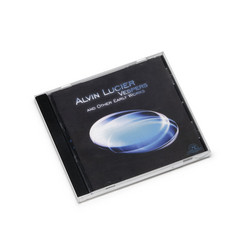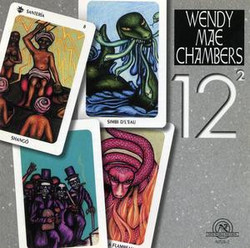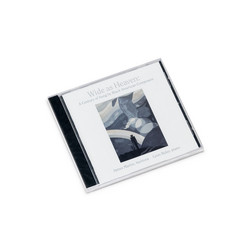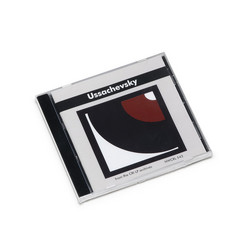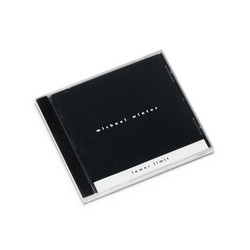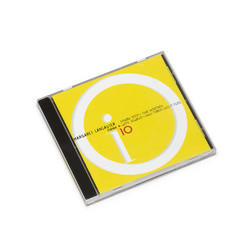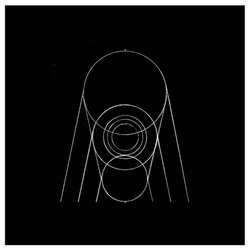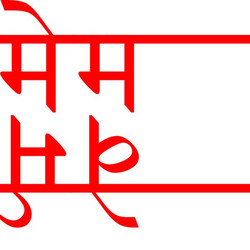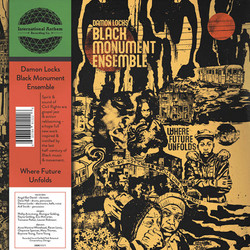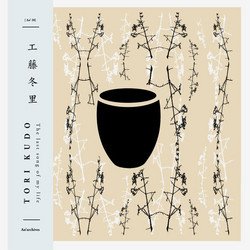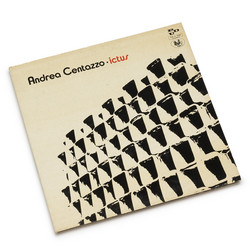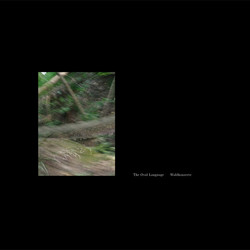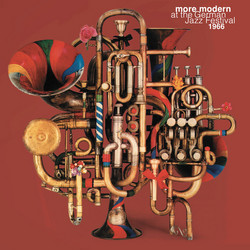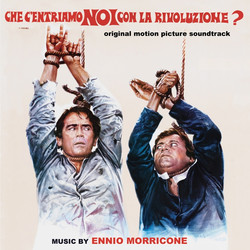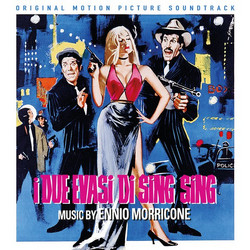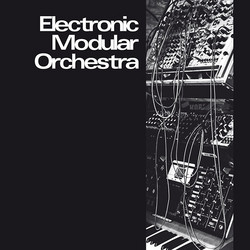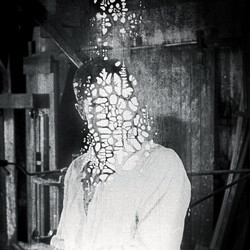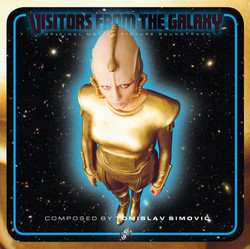The Piano Concerto No. 2 is an experiment in classical form. The work contains the same sudden juxtapositions and abrupt contrasts of mood as his futurist music. But the excesses of his recent Ballet mécanique are compensated for by an almost spare, baroque orchestration and motifs that draw on Bach as much as on Stravinsky. In three movements, George Antheil employs a more restrained but still exuberant style. The beautifully meditative slow movement is followed by a virtuosic and compelling toccata. Each movement ends on an overtly Bachian cadence, most obvious in the sweetly naive coda of the final movement. The ballet Dreams had a prior existence in Paris. It was called Les Songes, and Darius Milhaud wrote the original music in 1933, later discarded in favor of Antheil’s score. Antheil plays sarcastically with contradictions: waltz vs. march; folk song vs. orchestral romanticism. This is marvelous ballet music, and the unexpected structural and melodic changes keep us on the edge of our seat: amused and entertained. The lack of a formal structure does not hamper Antheil; he seemed to thrive on it, both in this piece, and in many others he wrote. Despite the cut-and-paste exoticism and the predictable thematic material, this music sounds appealingly American—folksy, populist, and engaging. Antheil’s brilliant orchestration makes these works shine. Not much is known about the genesis of the Serenade No. 2. It’s a beautifully orchestrated, lush work. Both serenades are in three movements—the first is for strings alone while the second adds a wind section and a percussionist. Some of the themes from the first serenade re-occur in the second serenade.
